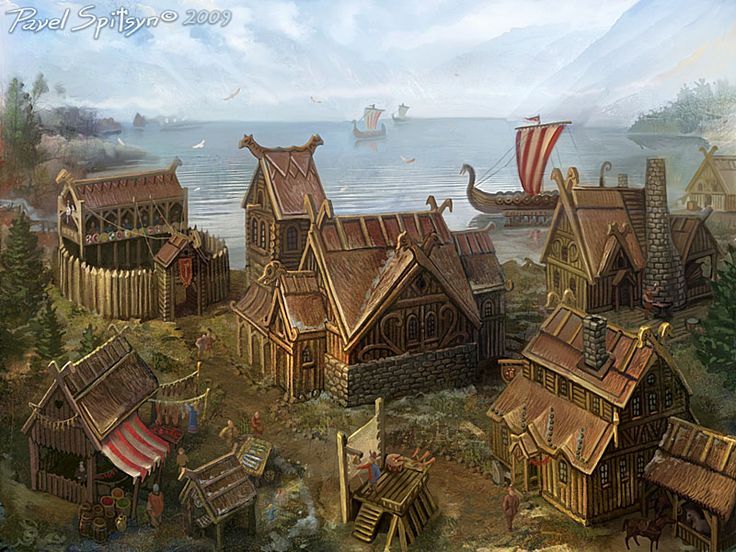
With the rising popularity of fantasy games in recent years, it’s no surprise that developers often draw inspiration from various mythologies to create immersive and captivating settings for their games. One such mythology that has had a significant impact on the fantasy game genre is Nordic mythology. The stories, gods, and folklore from the Nordic region have provided a rich foundation for game developers to create epic adventures that transport players to otherworldly realms.
Exploring the Mythical Realms
Nordic mythology, also known as Norse mythology, encompasses a vast range of stories and legends. From the mighty gods like Thor and Odin to the fearsome giants and creatures of the other realms, the mythology offers a vast array of characters and settings for game developers to tap into. Players are immersed in a world where ancient folklore comes alive, allowing them to experience the thrill of battles against mythical creatures or embark on epic quests to earn the favor of legendary deities.
Powerful Mythical Beings as Playable Characters
One of the most appealing aspects of Nordic mythology in game settings is the availability of powerful and iconic beings from the mythology as playable characters. Games like God of War and The Elder Scrolls V: Skyrim have introduced players to Kratos, the god of war, and the Dragonborn, respectively. These characters allow players to step into the shoes of legendary figures, wielding immense power and engaging in epic battles. The incorporation of such characters adds depth and excitement to the gaming experience, as players can see firsthand the strength and abilities associated with Norse mythology.
The Epic Battle Between Good and Evil
Another prevalent theme in fantasy games inspired by Nordic mythology is the epic battle between good and evil. This age-old conflict is beautifully captured in games like God of War and Hellblade: Senua’s Sacrifice. Through immersive storytelling and stunning visuals, players are thrust into worlds where they must navigate the complexities of morality, face formidable enemies, and make difficult choices. The influence of Nordic mythology shines through these games, instilling a sense of awe and wonder as players strive to vanquish mythical foes and restore balance to the realms.
Magical Realms and Environments
Nordic mythology offers a diverse range of realms and environments for game developers to explore and recreate. Whether it’s the ethereal realms of Asgard and Vanaheim, the icy landscapes of Jotunheim, or the dark and mysterious realm of Hel, each setting presents unique challenges and opportunities for players to explore. The mythological backdrop allows for the creation of magical landscapes, awe-inspiring architecture, and captivating atmospheres that transport players to worlds beyond imagination.
Monster Lore and Bestiaries
The vast array of creatures and monsters in Nordic mythology fuels the creation of compelling bestiaries in fantasy games. From giants and dragons to mythical beasts like the Kraken and Fenrir, the mythology provides an extensive repertoire of formidable adversaries for players to encounter and conquer. These encounters not only test the player’s skills but also offer a glimpse into the rich lore and legends surrounding these creatures. The inclusion of such creatures in game settings adds excitement, challenge, and a sense of wonder to the overall gameplay experience.
The Immortalization of Tales
By incorporating Nordic mythology into fantasy game settings, developers have the opportunity to immortalize and reintroduce ancient tales and sagas to a new generation. These games keep the mythology alive, introducing players to the gods, heroes, and stories that have shaped the Nordic culture for centuries. Through engaging gameplay and immersive storytelling, players can embark on quests that parallel the heroic exploits of legends like Siegfried and Beowulf. This not only sparks interest in mythology but also fosters a sense of cultural appreciation and curiosity.
Conclusion
The influence of Nordic mythology in fantasy game settings cannot be overstated. From divine beings and epic battles to magical realms and legendary creatures, the mythology offers a rich tapestry for game developers to weave into their creations. By drawing inspiration from these ancient tales and legends, the gaming industry continues to provide players with immersive, captivating, and unforgettable experiences in the realms of fantasy.


